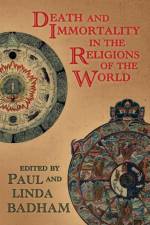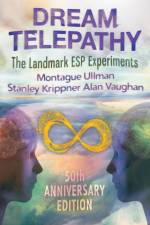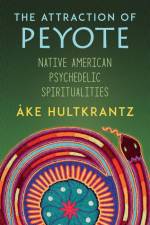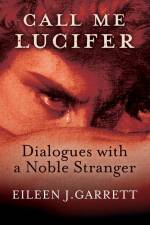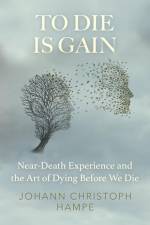av Linda Badham
281
Most of the world's religions hold a belief in some form of life after death. The editors of this major anthology seek a global perspective on the importance of these beliefs, based on religion, psychical research, and the natural sciences. Eleven chapters explore the afterlife teachings of religions around the world. In order to emphasize the diversity beliefs - even across particular belief systems - some contributors write from within the traditions, while others offer critical and alternate views. The chapters cover afterlife beliefs in African religions, Judaism, Christianity, Islam, Hinduism, and Buddhism while raising a number of important questions. Is a belief in an afterlife necessary to provide meaning to the here and now? Can science provide the means of affirming such beliefs? A further four contributions address these questions directly, and critique the belief systems from the perspectives of philosophy and psychical research. The final chapter highlights the importance of research into states of consciousness during near-death and other mystical experiences. Taken as a whole, the book constitutes the most valuable resource on the subject to date. The editors conclude that in some respects, a global perspective does emerge - particularly that human beings are more than just our bodies, but are "composed of a physical and nonphysical element." The contributors are all prominent international scholars, including Kofi Asare Opoku, Daniel Cohn-Sherbok, Thomas McGowan, Sulayman S. Nyang, Salih Tug, Mariasusai Dhavamony, R. Balasubramanian, Saeng Chandra-Ngarm, Bruce R. Reichenbach, Antony Flew, Arthur S. Berger, David Lorimer, and the editors themselves.


